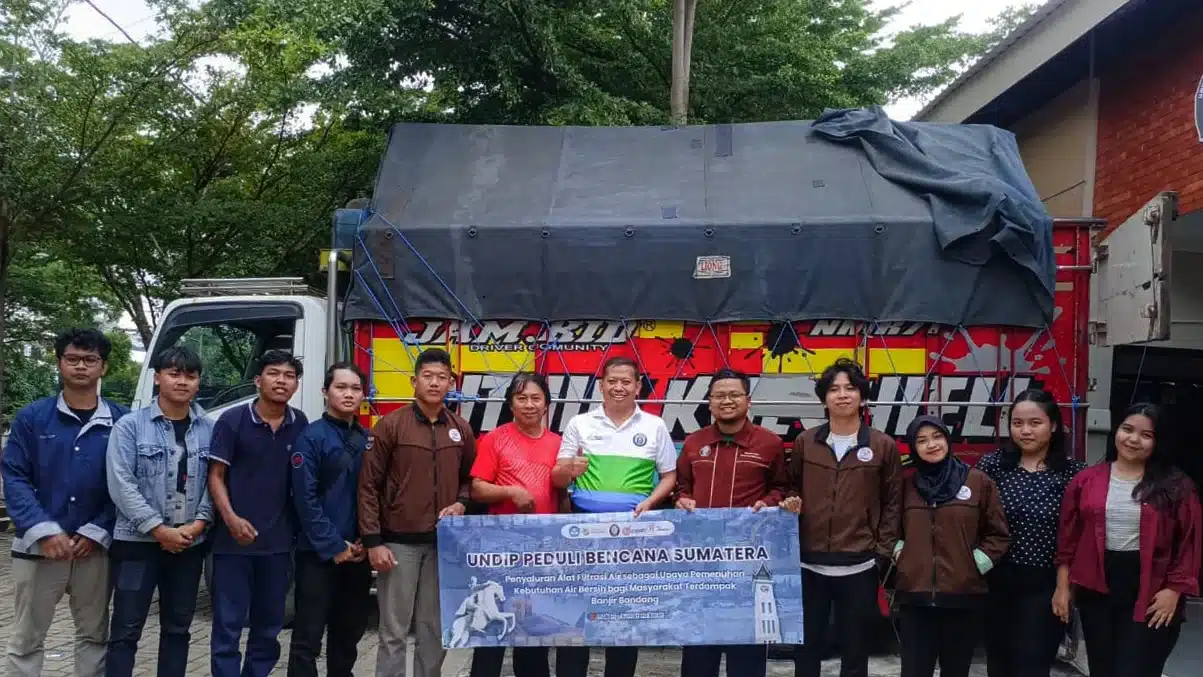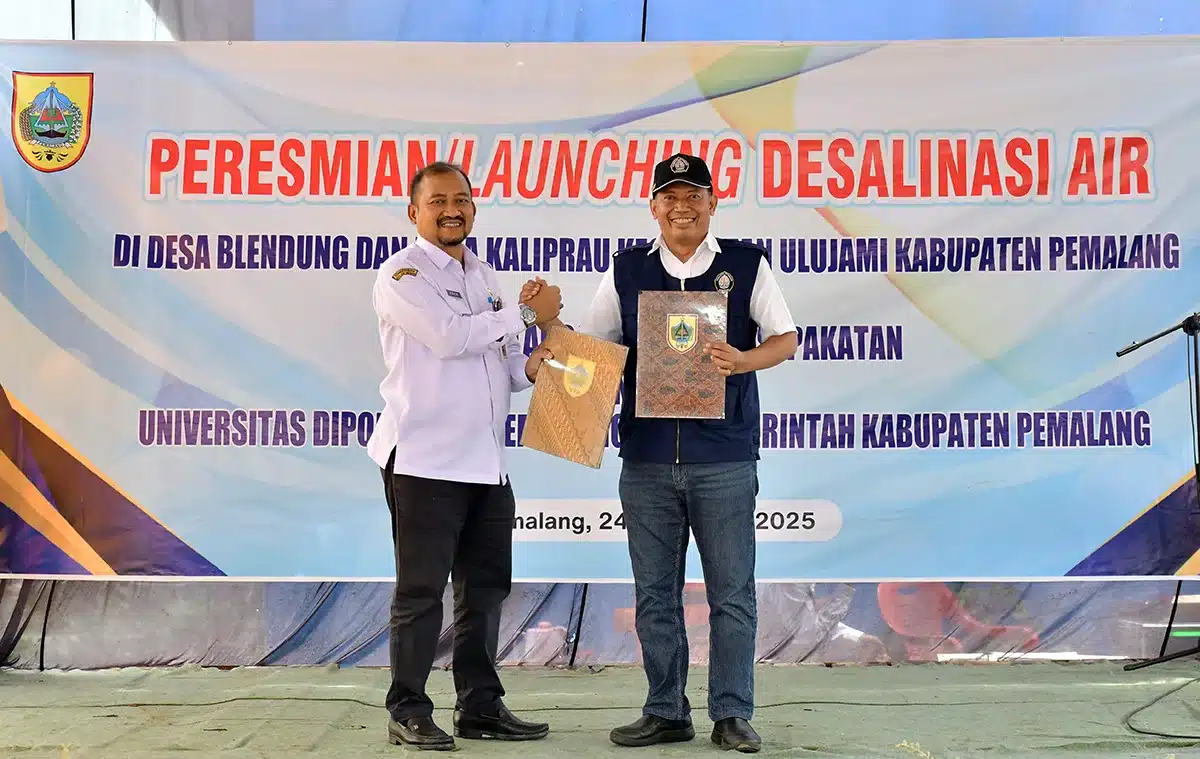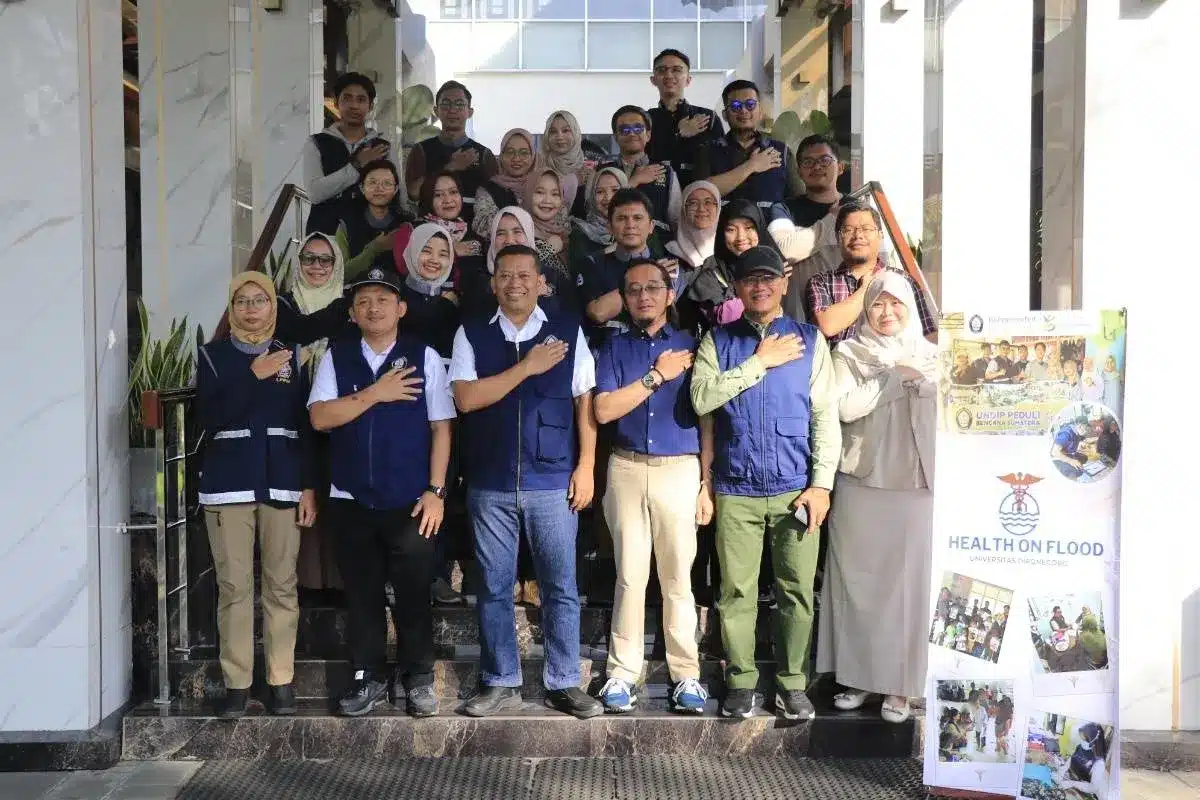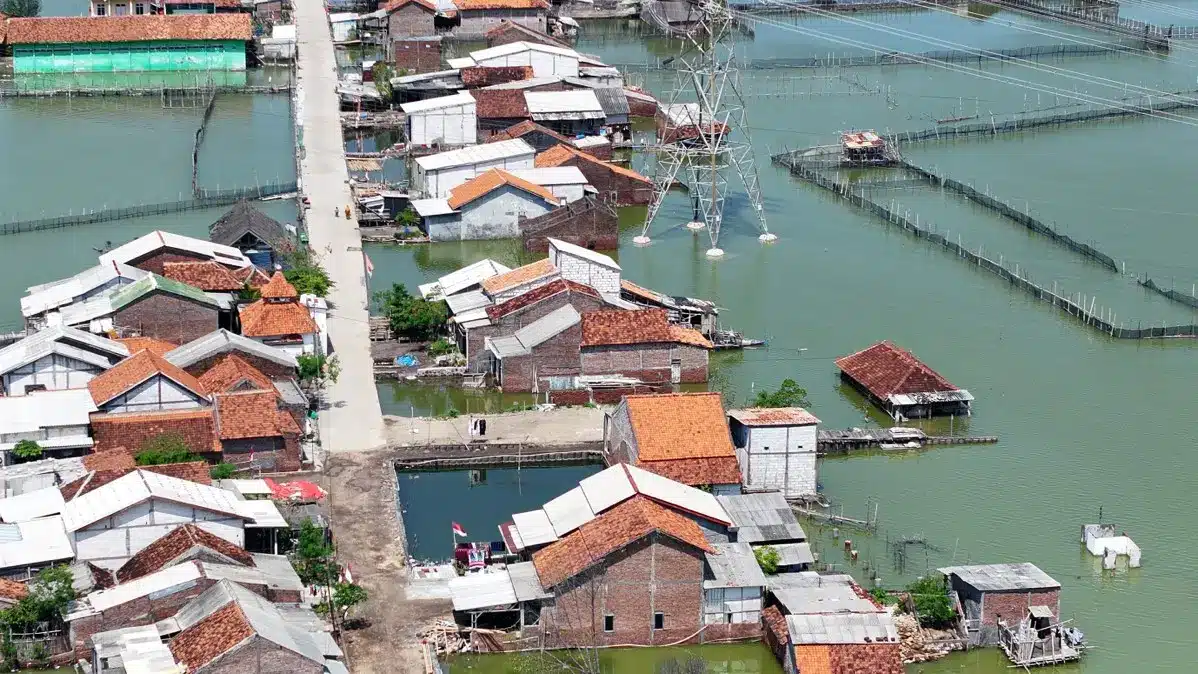The digitalization of maps is a crucial activity in the modern era that leverages information and communication technology to convert spatial data into digital formats. The digitization of maps makes it easier for the community to access information quickly and integrate with other technologies, such as geographic information systems, for further analysis.
In support of the digital era, Nanda Irham, a student majoring in Spatial Planning and Land Management at Diponegoro University, has materialized an administrative boundary map for neighborhoods (RT) in Wonosari Village, Karanganyar Subdistrict, Pekalongan Regency. In collaboration with village officials, the community service (KKN) student successfully created an administrative navigation tool that not only facilitated residents but also provided understanding for newcomers from outside the village.
The project began with a two-day field survey conducted by the community service students. They utilized Avenza Maps to collect and validate the necessary data. Additionally, interviews were conducted with local village authorities to gain a deeper understanding of the RT administrative structure. During the data processing stage, the students consulted with village officials to incorporate valuable insights regarding on-the-ground conditions not captured by technology, ensuring that the resulting map truly reflects the reality of Wonosari Village.
Once the map was finalized in print, on Monday (5/02), the community service students presented it to the local village officials. Prior to the handover, the students provided a detailed explanation of how to read the map and its functions. This initiative was taken to ensure that the map serves as a helpful tool rather than a meaningless piece of paper.
The distribution of this map has had a significantly positive impact. With the administrative boundaries map for neighborhoods (RT) in place, the residents of Wonosari Village now have a clear and easily accessible source of information. They can quickly identify their administrative boundaries, understand the RT structure, and access public facilities more efficiently. In addition to benefiting the local community, the map serves as a valuable guide for newcomers from outside the village. With a better understanding of RT administrative boundaries, newcomers can easily access public facilities and integrate into the local community.
The creation and distribution of the administrative boundaries map for neighborhoods (RT) in Wonosari Village is not just a routine community service activity. It is a tangible step towards empowering the community with information that enhances their quality of life. This project also reflects a successful collaboration between community service students and village officials, resulting in a beneficial and sustainable solution for the entire community. (Nanda)
Author: Nanda Irham Husnul (Spatial Planning and Land Management – Vocational School)










